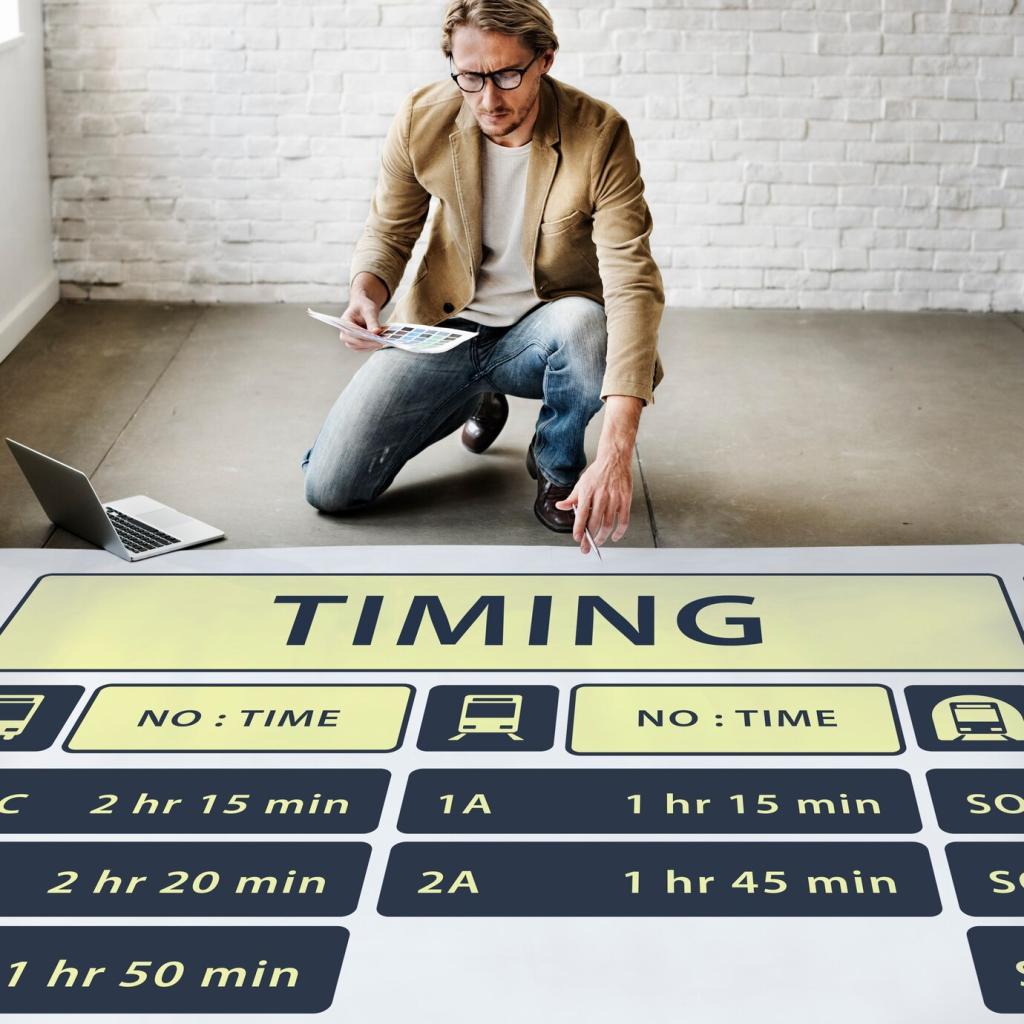Welcome to our deep-dive on Parenting Tips for Managing Kids’ Screen Time—a friendly, practical guide to calmer routines, smarter media choices, and meaningful family moments. Stay with us, share your experiences, and subscribe for fresh, real-world strategies that grow with your child.
Why Screen Time Management Matters
Kids’ developing brains thrive on variety—movement, conversation, boredom, and problem-solving. When screens dominate, other experiences shrink. Balancing play and media helps language, self-control, and social skills bloom. What balance looks like evolves; share your child’s age and what’s working for you.



Build a Family Media Plan
Start with three simple agreements: when screens are allowed, what content counts, and what happens if rules are ignored. Keep language positive and specific. Involve your child by asking what helps them stop comfortably. Comment with your favorite kid-generated rule that actually worked.
Build a Family Media Plan
Protect key moments: bedrooms, mealtimes, and the first hour after school. Create a cozy screen-free nook with puzzles, art, and books. Kids follow what feels inviting. Snap a photo of your setup and share it with the community to inspire other families.
Boundaries Kids Respect
Use a sand timer, kitchen timer, or app-free visual countdown. Pair it with a ritual—“two-minute warning, one deep breath, screens off, stretch, sip water.” Repetition turns routine into muscle memory. If you invent a fun ritual name, share it so others can borrow it.

Boundaries Kids Respect
Transitions are easier when the next activity is warm and ready. Lay out LEGO, a snack, or an outdoor plan before the timer ends. Offer two choices to restore control. Tell us your best “screen to play” bridge so parents can build their own version.
Turn Screen Time Into Connection
Sit beside your child, narrate your thoughts, and ask theirs: “What do you notice? How would you change the ending?” This helps kids reflect, not just consume. If one question sparked a big conversation, drop it in the comments for other parents to try.

Age-Appropriate, Value-Aligned Picks
Check ratings, preview episodes, and scan for pacing, tone, and themes. Seek creators who model empathy and problem-solving. Short, slower shows often soothe; interactive learning apps can build skills. Comment with a title your child loves that also makes you feel proud.

Teach Media Literacy Early
Explain ads, influencers, and algorithms in simple terms: “This video plays next because the app thinks you’ll watch longer.” Helping kids name persuasion builds resistance. What’s your go-to kid-friendly script about ads? Share it so others can borrow your wording tonight.

Build a Trusted Recommendation Loop
Swap lists with teachers, caregivers, and fellow parents. Keep a shared note of approved shows and apps with brief reasons. Update monthly as interests shift. Drop your top three picks below, including age range and why they shine, to help the next family decide.
Model the Habits You Want
The Parent Mirror Effect
Establish your own tech-free zones—bedside tables and meal spaces. Name your intention out loud: “I’m parking my phone so I can hear you better.” That transparency invites teamwork. If you created a family charging station, post a picture or describe your setup.
Micro-Breaks for Mindful Use
Before unlocking your phone, pause and breathe once. Ask, “What am I here to do?” That tiny check-in models purpose over habit. Kids copy what they see. Tell us your favorite micro-break reminder so others can stick it on their fridge or screensaver.
Repair Quickly When You Slip
When you drift into doom-scrolling, narrate the repair: “I got distracted; I’m back now.” Kids learn grace and accountability. Repair beats perfection. Share a moment you turned around quickly—your honesty may encourage another parent to try again tomorrow.
Parental Controls With Purpose
Use device settings for bedtimes, app limits, and content filters, but explain the why to your child. Controls support trust; they don’t replace conversation. Start simple, review weekly. Comment with one control you love and one you disabled because it got in the way.
Privacy and Safety Basics
Turn off location sharing, lock down in-app purchases, and use kid profiles. Teach kids to ask before clicking links or chatting. A family password policy reduces surprises. Share your privacy checklist so newcomers can copy, paste, and personalize it in minutes.
Know When to Say No
If an app fights your boundaries with relentless notifications or confusing settings, it’s okay to delete it. Protecting peace matters. Tell your child, “We choose tech that respects us.” Post a polite script you used when saying no, to help other parents.
